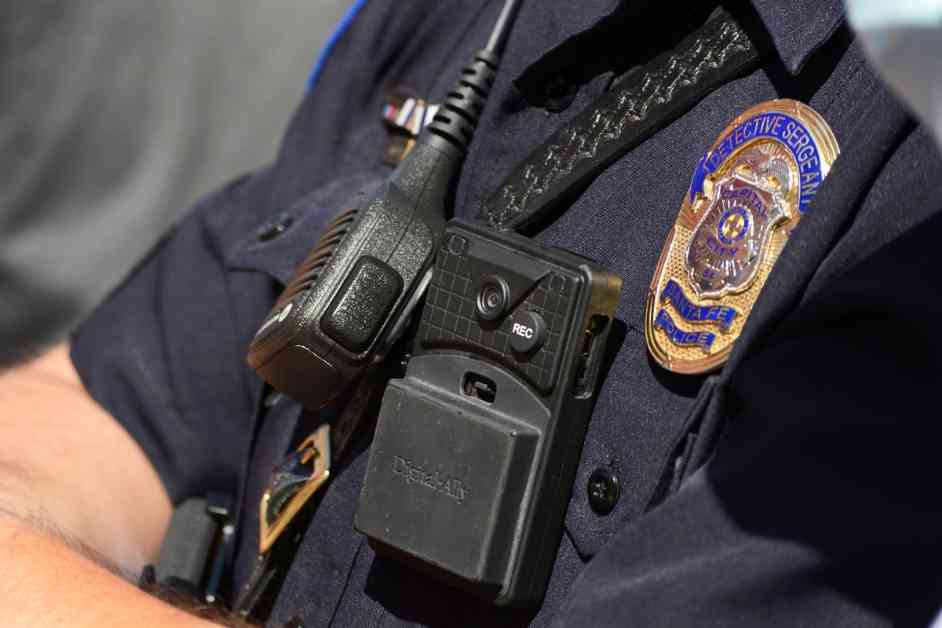A decade ago, former President Barack Obama suggested spending $75 million to help states purchase police body cameras. This move was made in response to the lack of body camera footage in incidents like the killing of Michael Brown. The goal was to increase transparency and trust between the police and the community they serve. Since the allocation of funds in 2015, millions of police interactions have been recorded using these body cameras, providing valuable evidence in various incidents.
Despite the extensive collection of body camera footage, much of it goes unused unless a tragic event occurs. Benjamin Graham, a political scientist at the University of Southern California, highlights the underutilization of this data. However, a small group of scientists, including Graham, are reimagining this footage as valuable data. They are leveraging advances in natural language processing and artificial intelligence to automate the analysis of video transcripts from police-citizen interactions.
By analyzing this footage, researchers aim to identify policing problems, implement solutions, and evaluate changes in behavior. While only a few police agencies have allowed researchers access to their databases, the potential impact of routine analysis of body camera footage is significant. Jennifer Eberhardt, a Stanford University psychologist, believes that this approach could revolutionize the way police interactions are understood and evaluated.
Eberhardt and her team have conducted studies using body camera footage to examine how police communicate differently with white and Black individuals. Their findings have led to enhancements in police training and procedures. For example, a study published in PNAS Nexus demonstrated that training based on their research resulted in changes in officers’ behavior.
The Stanford team’s work began in response to a scandal involving the Oakland Police Department. The department was required to collect and analyze data on vehicle and pedestrian stops by race following a settlement agreement. By analyzing body camera footage from traffic stops, researchers found racial disparities in the respectfulness of officers’ language towards Black drivers compared to white drivers.
These initial findings prompted significant changes in the Oakland Police Department’s training programs. A “respect” module was developed based on the research, which focused on procedural justice and building fairness into policing procedures. Subsequent studies showed that officers who underwent the training were more likely to exhibit respectful behavior during traffic stops.
Analyzing body camera footage has also revealed language patterns associated with escalated outcomes, such as arrests, during traffic stops. Researchers identified linguistic cues that could predict whether a stop was likely to end with the driver being handcuffed, searched, or arrested. These findings were consistent with the interactions that led to the death of George Floyd.
Moving forward, researchers are working to make their language models available to police departments for routine monitoring of officers’ interactions. By leveraging AI and advanced analysis techniques, they aim to improve officer training and enhance community trust. The systematic analysis of body camera footage offers a promising avenue for evaluating the effectiveness of police training programs and enhancing transparency in law enforcement practices.










